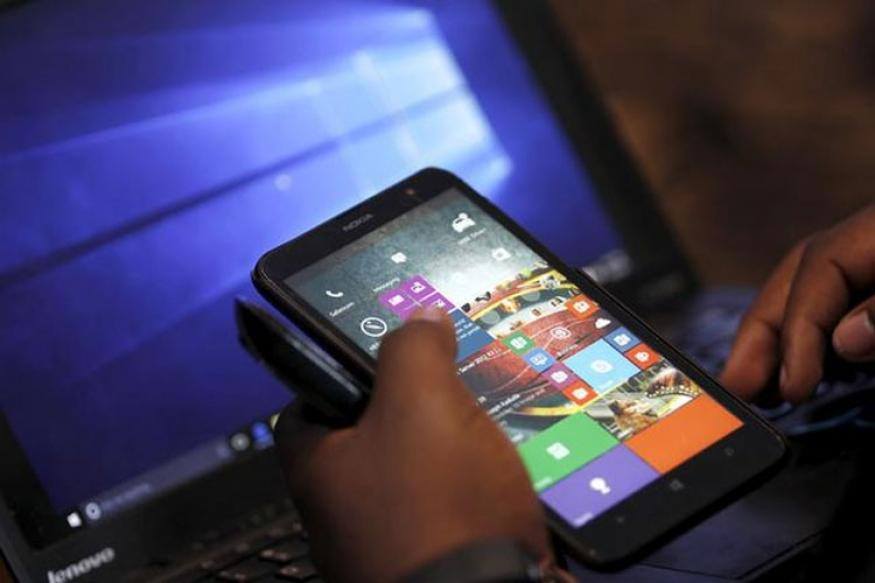 As experience suggests, it is quite possible to live without cash. However, it is restricted currently to urban markets while in rural India, there has not been much progress to make the transition easier. One of the biggest learning experiments is the discounting methodology adopted by various companies as a tool to change payment behavior of individuals. Studies have shown that this can be successful if implemented across long periods of time.
As experience suggests, it is quite possible to live without cash. However, it is restricted currently to urban markets while in rural India, there has not been much progress to make the transition easier. One of the biggest learning experiments is the discounting methodology adopted by various companies as a tool to change payment behavior of individuals. Studies have shown that this can be successful if implemented across long periods of time.
Digital is showing positive impact on deposits through better payment platforms as well as lending. For example, aggregator models operating in India (Uber, Ola, Urban Clap etc.) have led to the emergence of a new credit class of 4.5-5.0 mn people. This is because banks now have information records of incomes of these people, and can better assess their credit worthiness. Mechanisms which have established key use cases have succeeded. Paytm , for instance,
Read moreEvolution of Cashless Society in India
 In the aftermath of the Demonetisation in India, the payment platform is undergoing a lot of changes. The challenge is that payment business is not a delight from a customer’s perspective. Payment is no longer about isolated products but an integrated experience as offered by Mumbai based Transerv.
In the aftermath of the Demonetisation in India, the payment platform is undergoing a lot of changes. The challenge is that payment business is not a delight from a customer’s perspective. Payment is no longer about isolated products but an integrated experience as offered by Mumbai based Transerv. 




